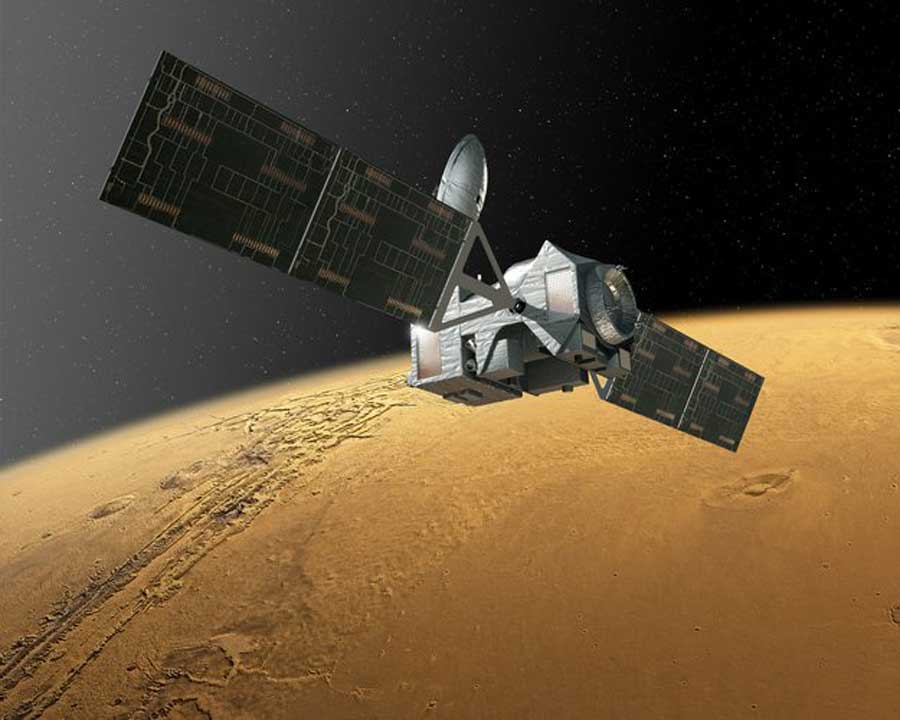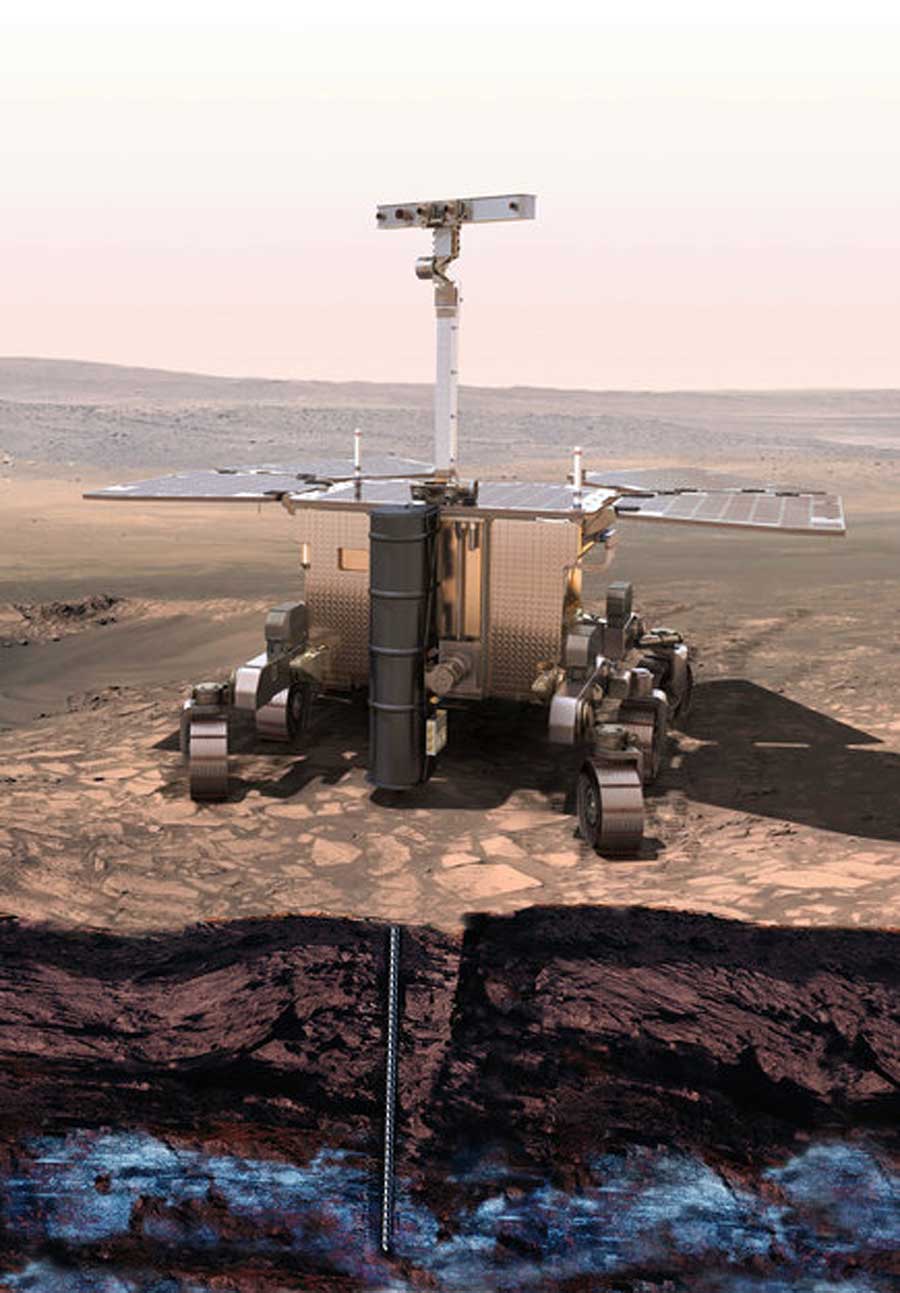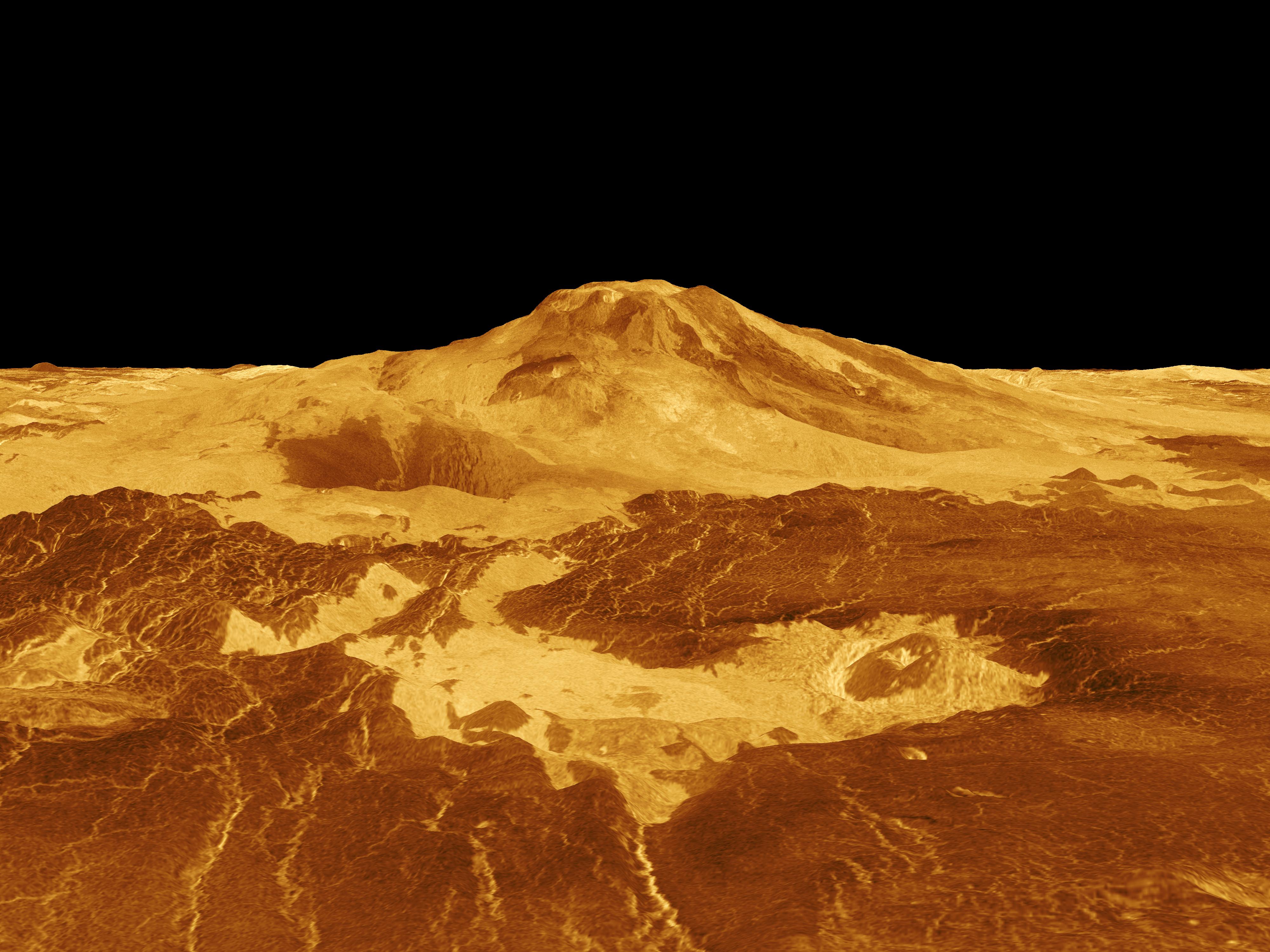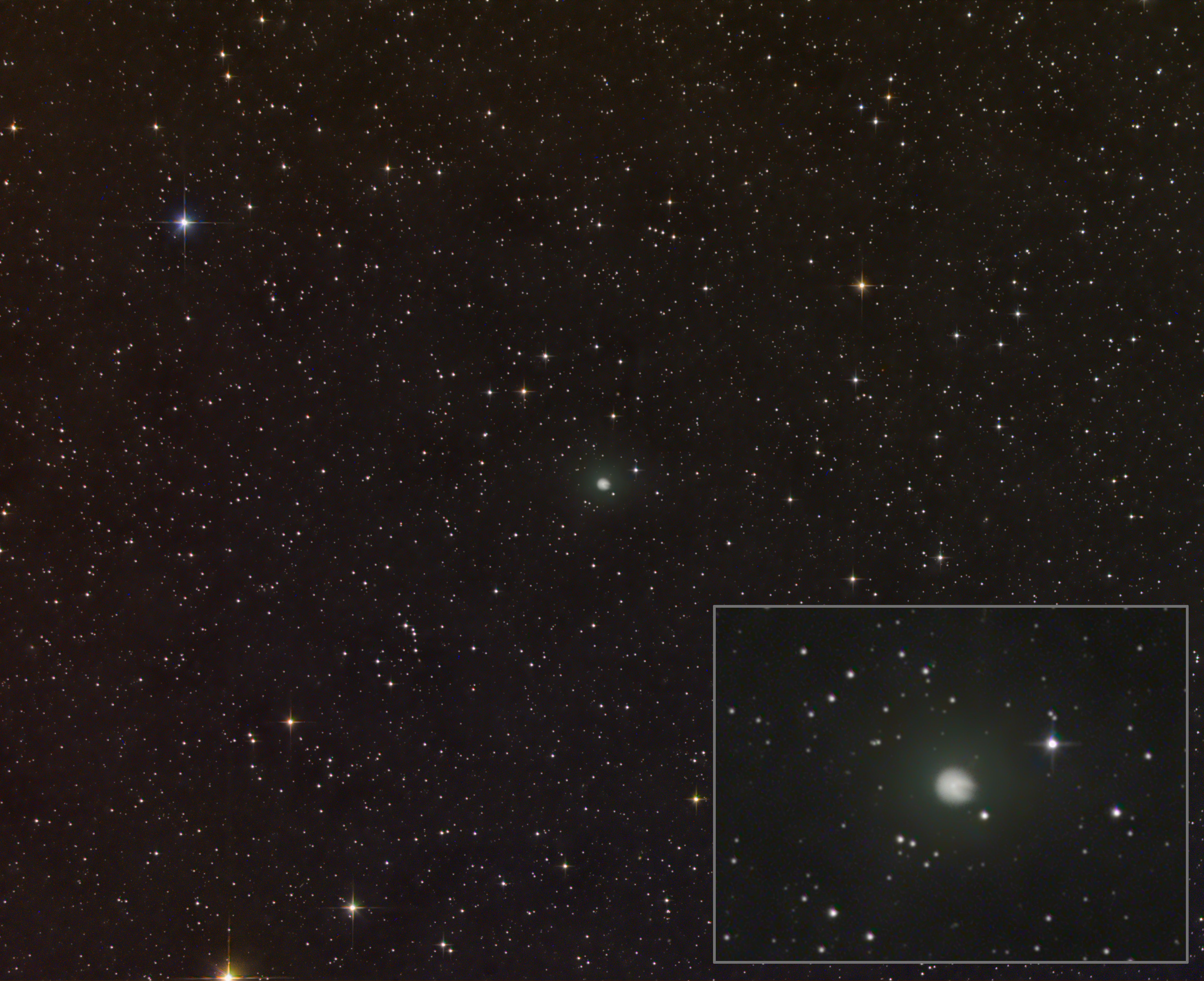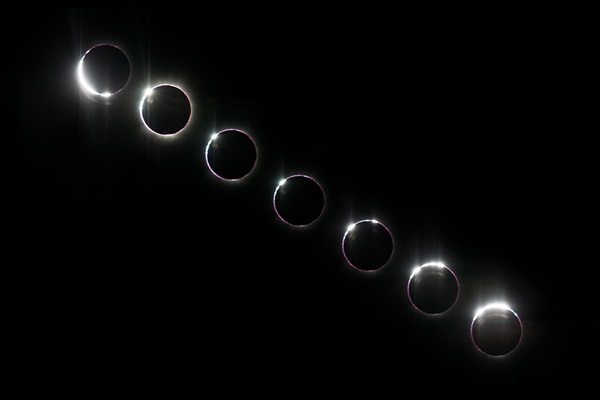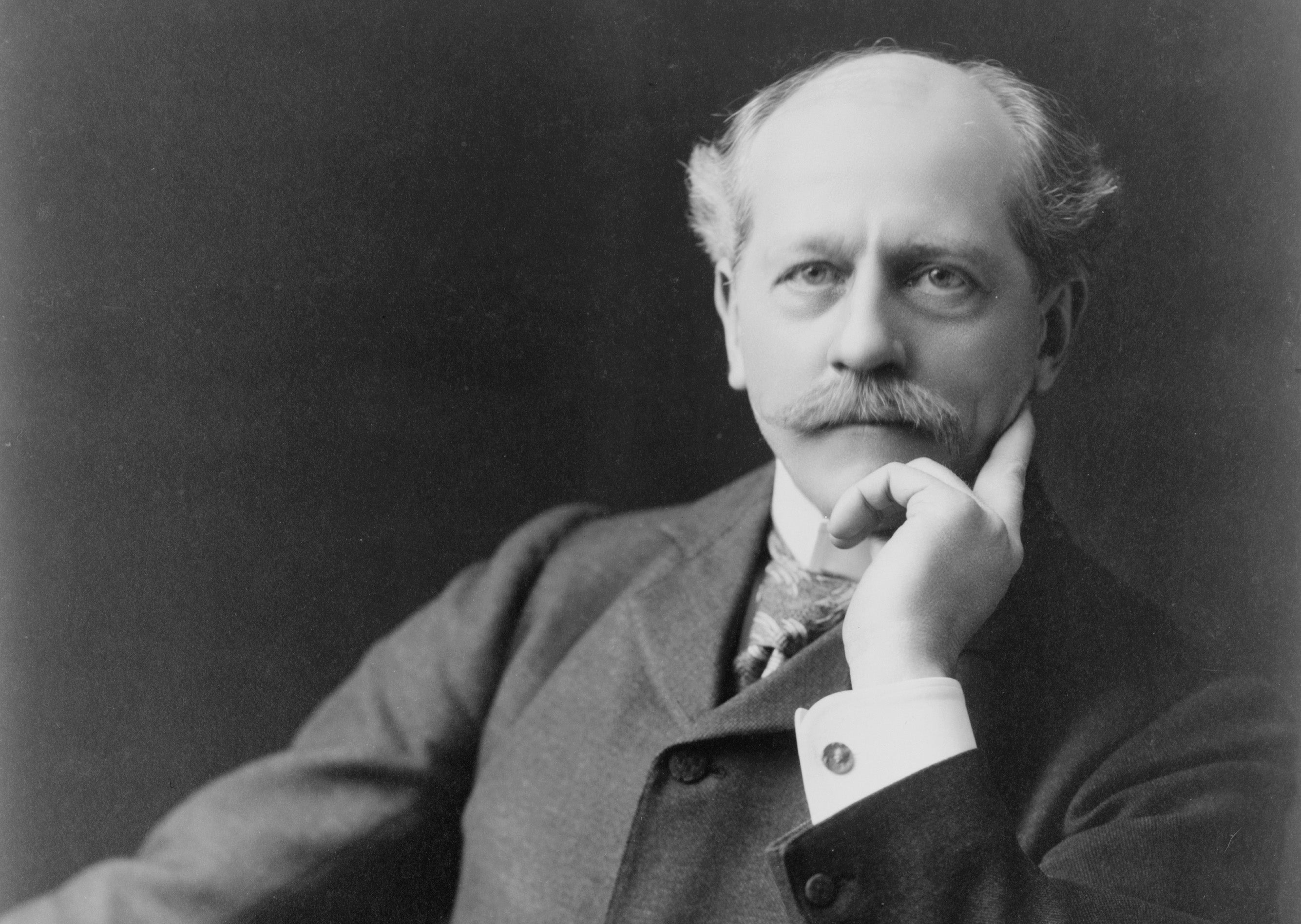Establishing whether life ever existed on Mars is one of the outstanding scientific questions of our time and the highest scientific priority of the ExoMars program.
The partners have agreed a balanced sharing of responsibilities for the different mission elements. ESA will provide the Trace Gas Orbiter (TGO) and the Entry, Descent and Landing Demonstrator Module (EDM) in 2016 and the carrier and rover in 2018.
Roscosmos will be responsible for the 2018 descent module and surface platform and will provide launchers for both missions. Both partners will supply scientific instruments and will cooperate closely in the scientific exploitation of the missions.
ExoMars also will demonstrate core technologies under development by European industry such as landing, roving, drilling, and sample preparation that are an essential part of paving the way for the next big step in the robotic exploration of Mars — a sample-return mission.
The 2016 mission has two major ESA elements: TGO and EDM. TGO will search for evidence of methane and other atmospheric gases that could be signatures of active biological or geological processes. It also will serve as a data relay for the 2018 mission. EDM will land on Mars to prove key technologies for the 2018 mission.
In 2018, the ExoMars rover, to be provided by ESA, will search the planet’s surface for signs of life, past and present. It will be the first Mars rover able to drill to depths of 6.5 feet (2 meters), collecting samples that have been shielded from the harsh conditions of the surface, where radiation and oxidants can destroy organic materials.
Yesterday, ESA Director General Jean-Jacques Dordain and head of Roscosmos Vladimir Popovkin met at ESA headquarters in Paris to sign an agreement that seals ExoMars as a partnership between the two space agencies.
“This is a momentous occasion for the ExoMars program that will see industry and scientists from Europe and Russia working together on these two exciting missions, which will develop new technologies that will demonstrate the competitiveness of European industry, be important for preparing a solid participation of ESA in future international exploration missions, and address the key question of whether life ever arose on Mars,” said Dordain.
“It has been a long way. We have performed a large amount of work together,” said Popovkin. “The ExoMars program is to become the second large project after Soyuz in Kourou. It confirms again that projects of such tremendous scale have to be implemented through international cooperation. The scientific data that we are going to obtain during all the planned missions are important for the worldwide community.”
NASA also will deliver important contributions to ExoMars, including the Electra UHF radio package for TGO, and Mars Proximity Link telecom and engineering support to EDM.
The signature between ESA and Roscosmos provides the basis for industry and scientific institutes to begin full cooperation on the missions and to meet the challenging schedule, with the first launch planned in January 2016.

